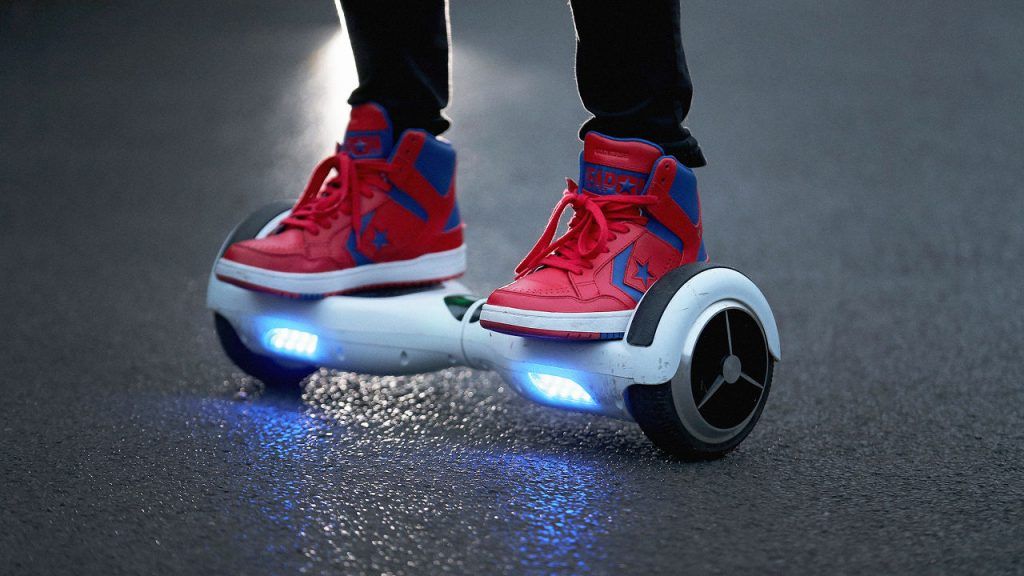Hoverboards, typically associated with recreational activities and transportation, are now finding a unique application in rehabilitation. With their dynamic movement and balance challenges, hoverboards offer an innovative approach to therapy for individuals recovering from various physical injuries or conditions. Here is how a hoverboard is used to enhance rehabilitation outcomes.
Understanding Hoverboard Therapy: A New Paradigm in Rehabilitation
Hoverboard therapy, also known as balance board training or dynamic balance therapy, involves using hoverboards as a therapeutic tool to improve balance, coordination, and functional mobility. It harnesses the principles of neuroplasticity, which states that the brain can rewire itself and form new neural connections. Therapists aim to stimulate the brain’s adaptive mechanisms and facilitate recovery by introducing controlled balance challenges through hoverboard exercises.
Benefits of Hoverboard Therapy in Rehabilitation
Hoverboard therapy offers several unique benefits that make it an effective rehabilitation tool:
- Balance Enhancement: Hoverboard exercises require the individual to maintain stability and adjust their body position, thus improving balance control and proprioception.
- Core Strength and Stability: Riding a hoverboard engages the core muscles, promoting core strength and stability, which are crucial for functional movement and overall body control.
- Motor Planning and Coordination: Hoverboard activities involve planning and executing movements in response to dynamic changes, enhancing motor planning and coordination skills.
- Confidence and Psychological Well-being: Hoverboard therapy can boost confidence levels as individuals conquer balance challenges, leading to improved self-esteem and a positive outlook on their rehabilitation journey.
Applications of Hoverboard Therapy in Rehabilitation
Hoverboard therapy can be beneficial for a wide range of conditions and injuries, including:
- Orthopedic Injuries: Hoverboard exercises can aid in rehabilitating fractures, sprains, or joint surgeries by improving balance, range of motion, and strength.
- Neurological Conditions: Individuals with neurological conditions such as stroke, traumatic brain injury, or multiple sclerosis can benefit from hoverboard therapy to enhance balance, gait, and motor control.
- Vestibular Rehabilitation: Hoverboards provide an excellent platform for vestibular rehabilitation, helping individuals with inner ear disorders or balance disorders improve their vestibular function and reduce dizziness.
- Rehabilitation for Athletes: Hoverboard therapy can complement sports rehabilitation programs, helping athletes recover from sports-related injuries and regain their agility and balance skills.
Implementation of Hoverboard Therapy in Rehabilitation Settings
Hoverboard therapy should be conducted under a trained therapist who can tailor the exercises to an individual’s needs. The therapy sessions typically involve progressive challenges, starting from basic balance exercises and gradually advancing to more complex movements. Therapists may incorporate additional equipment, such as balance beams or sensory integration tools, to augment the therapy experience.
Safety Considerations and Precautions
While hoverboard therapy is generally safe, it is essential to prioritize safety during sessions. Therapists should ensure that individuals wear appropriate safety gear, including helmets, pads, and closed-toe shoes. Additionally, therapists should monitor the sessions closely, provide guidance on proper technique, and create a safe environment to minimize the risk of falls or injuries.
Conclusion
Hoverboard therapy represents an exciting and innovative approach to rehabilitation, harnessing the unique characteristics of hoverboards to promote balance, coordination, and functional mobility. Therapists can enhance outcomes for individuals recovering from various injuries or conditions by incorporating hoverboard exercises into rehabilitation programs. Thus, whatever the need, Segbo has the most durable and affordable self-balancing boards that can serve all purposes.






